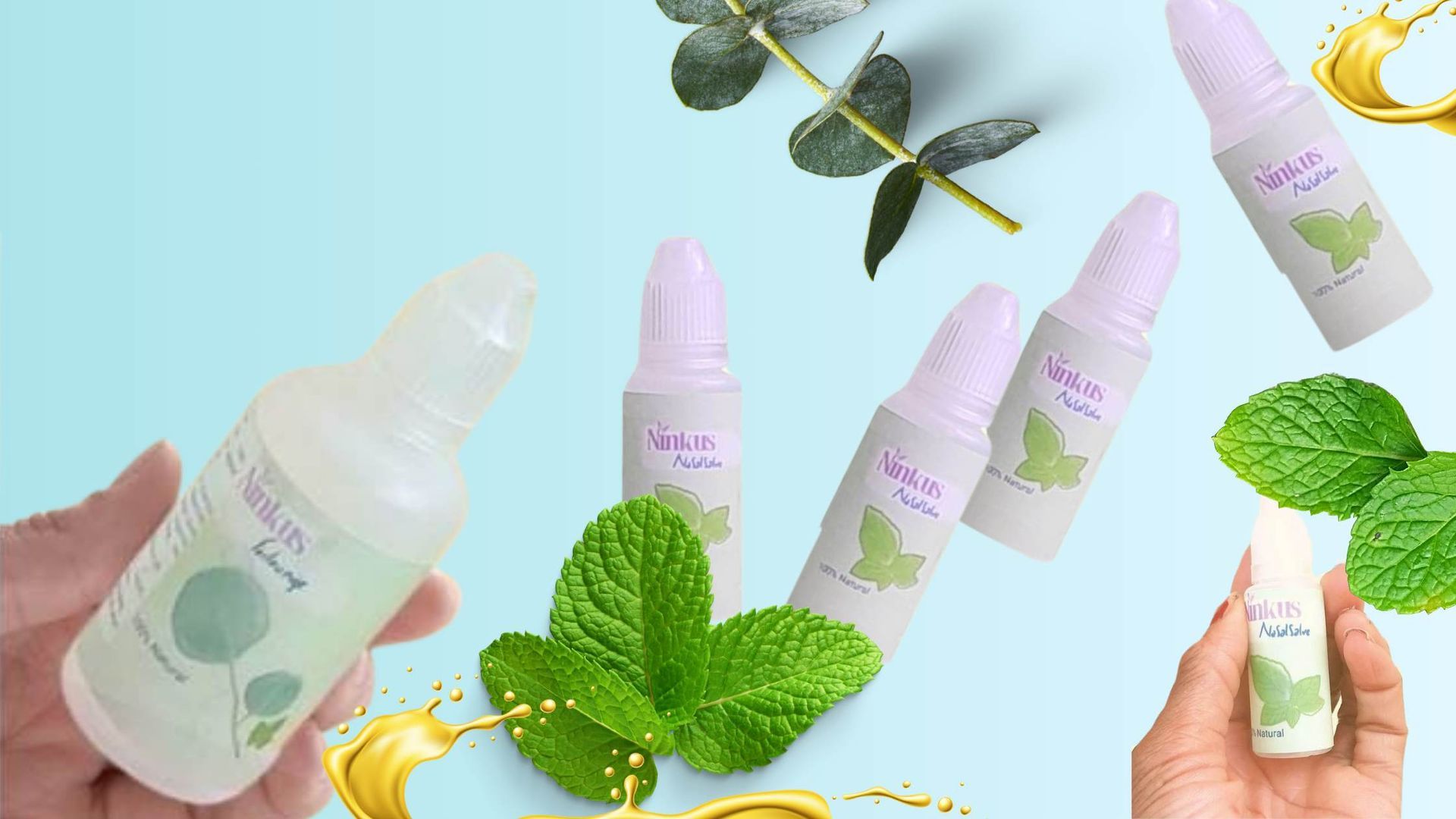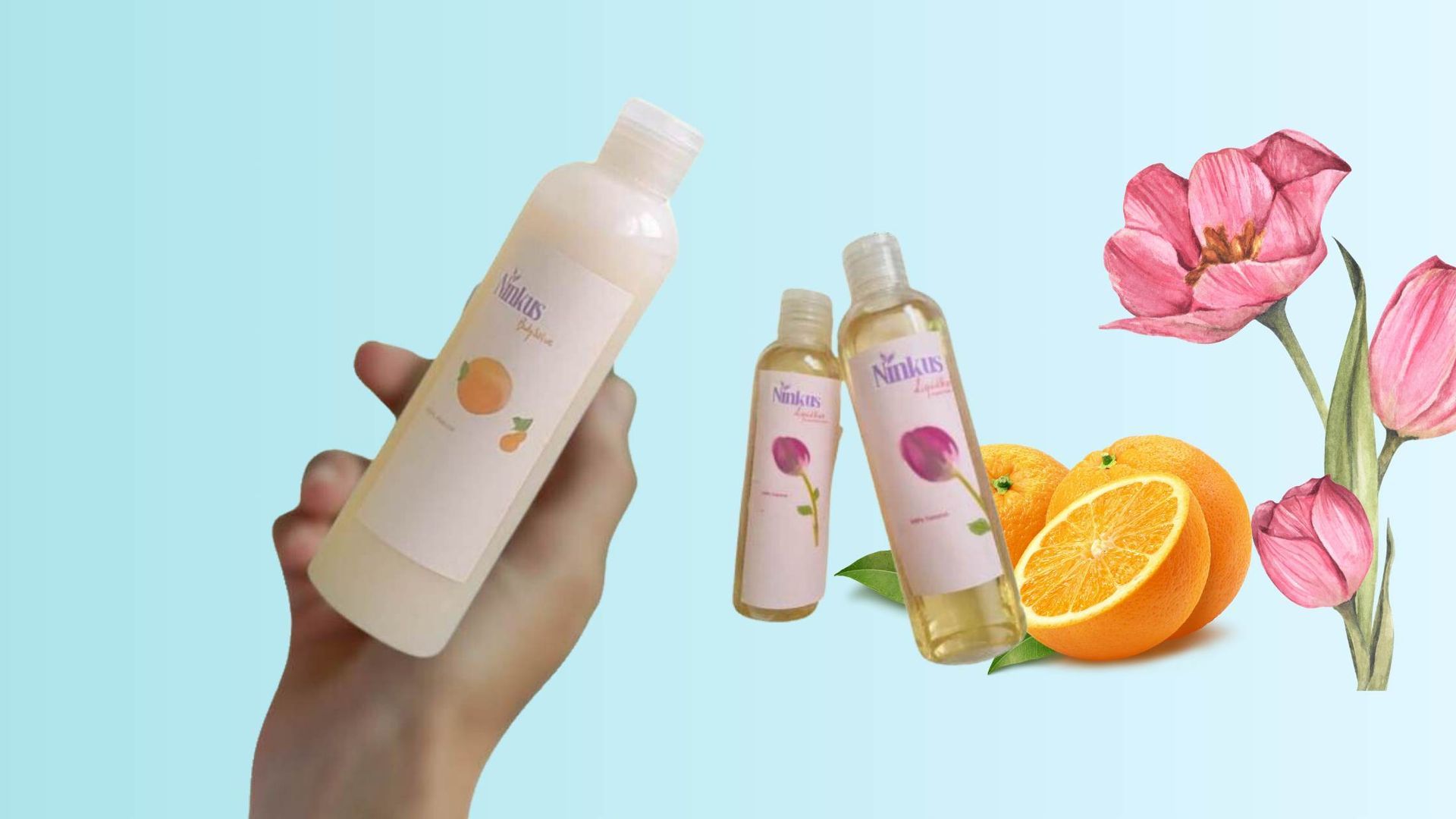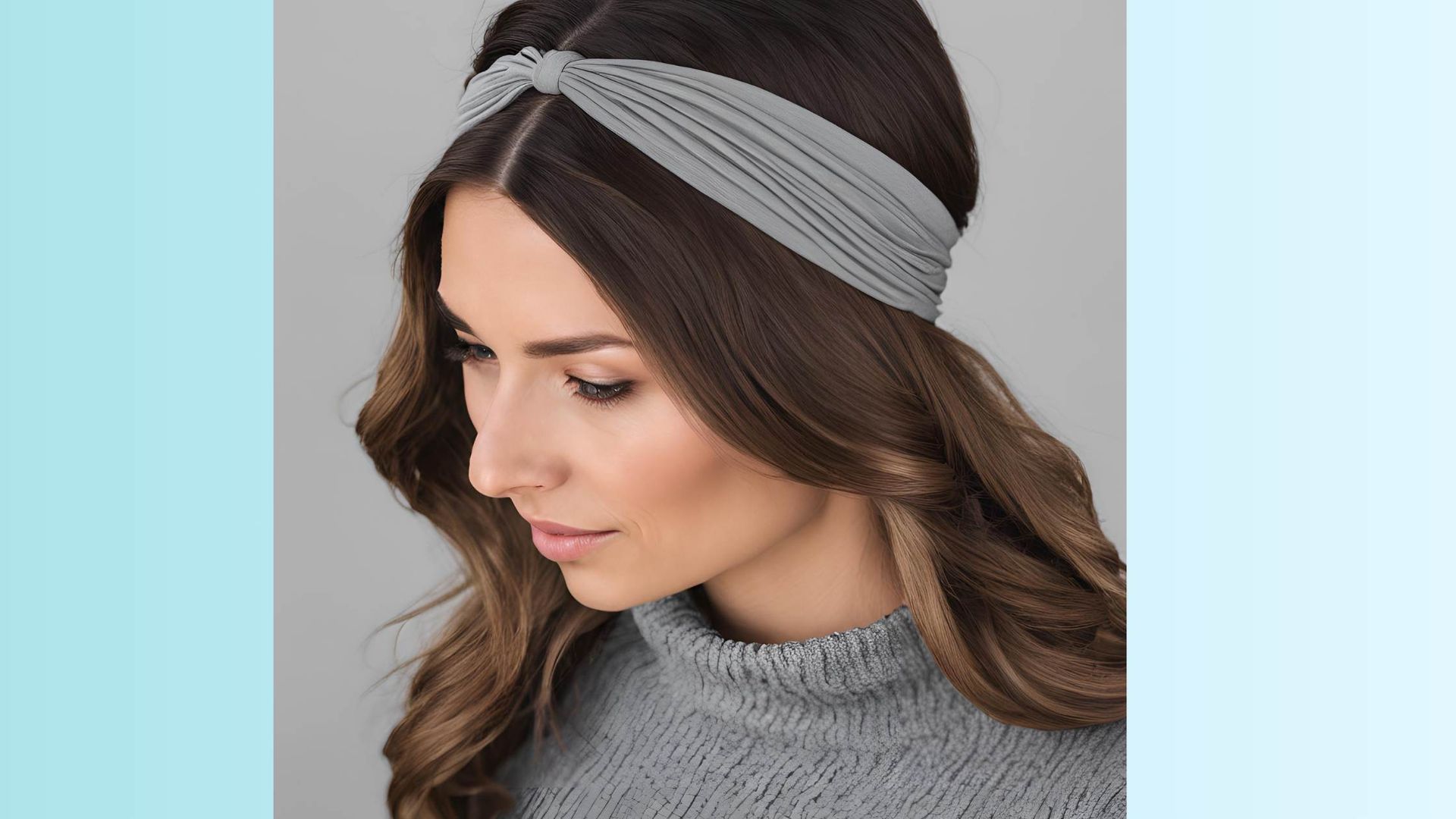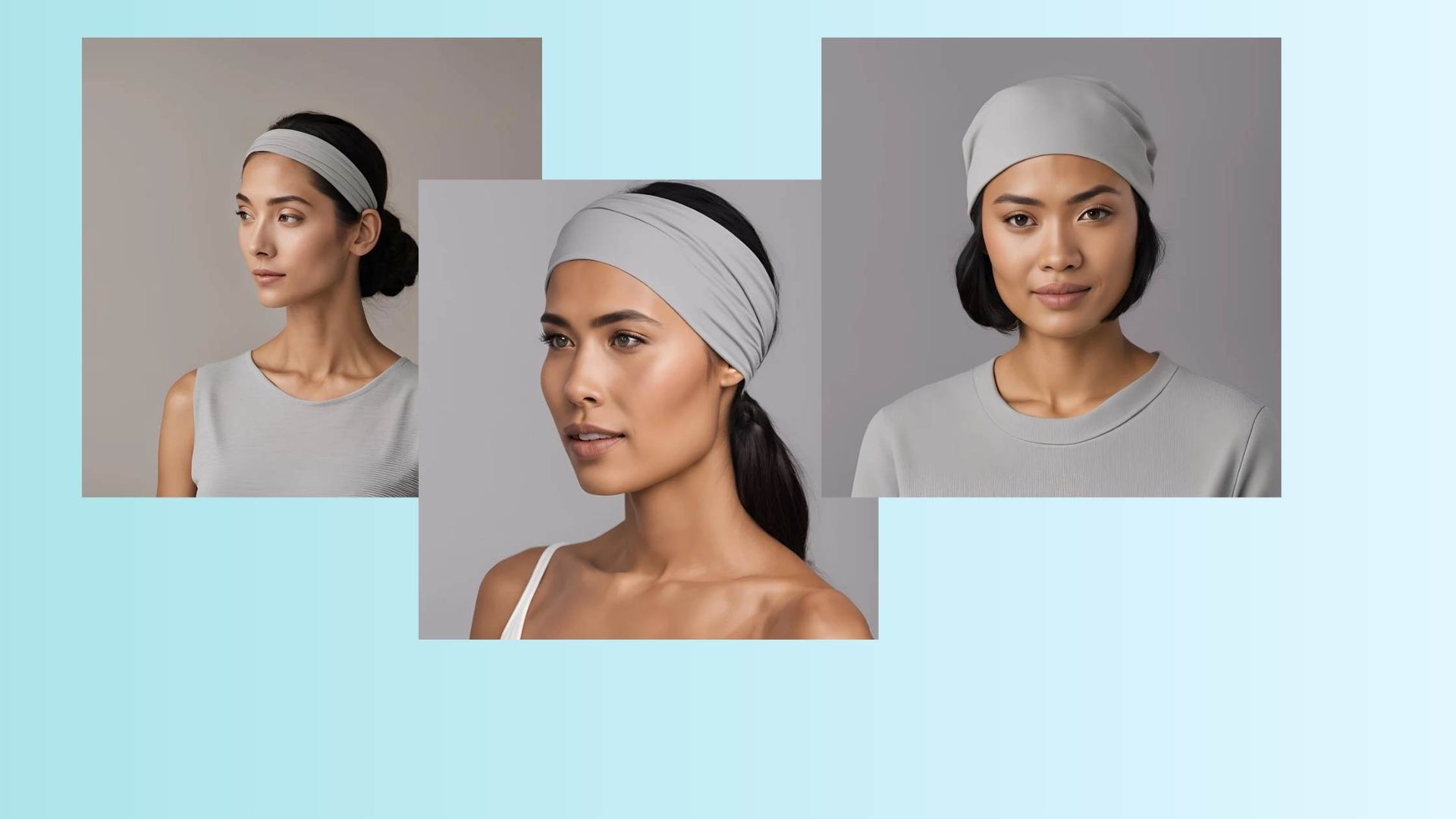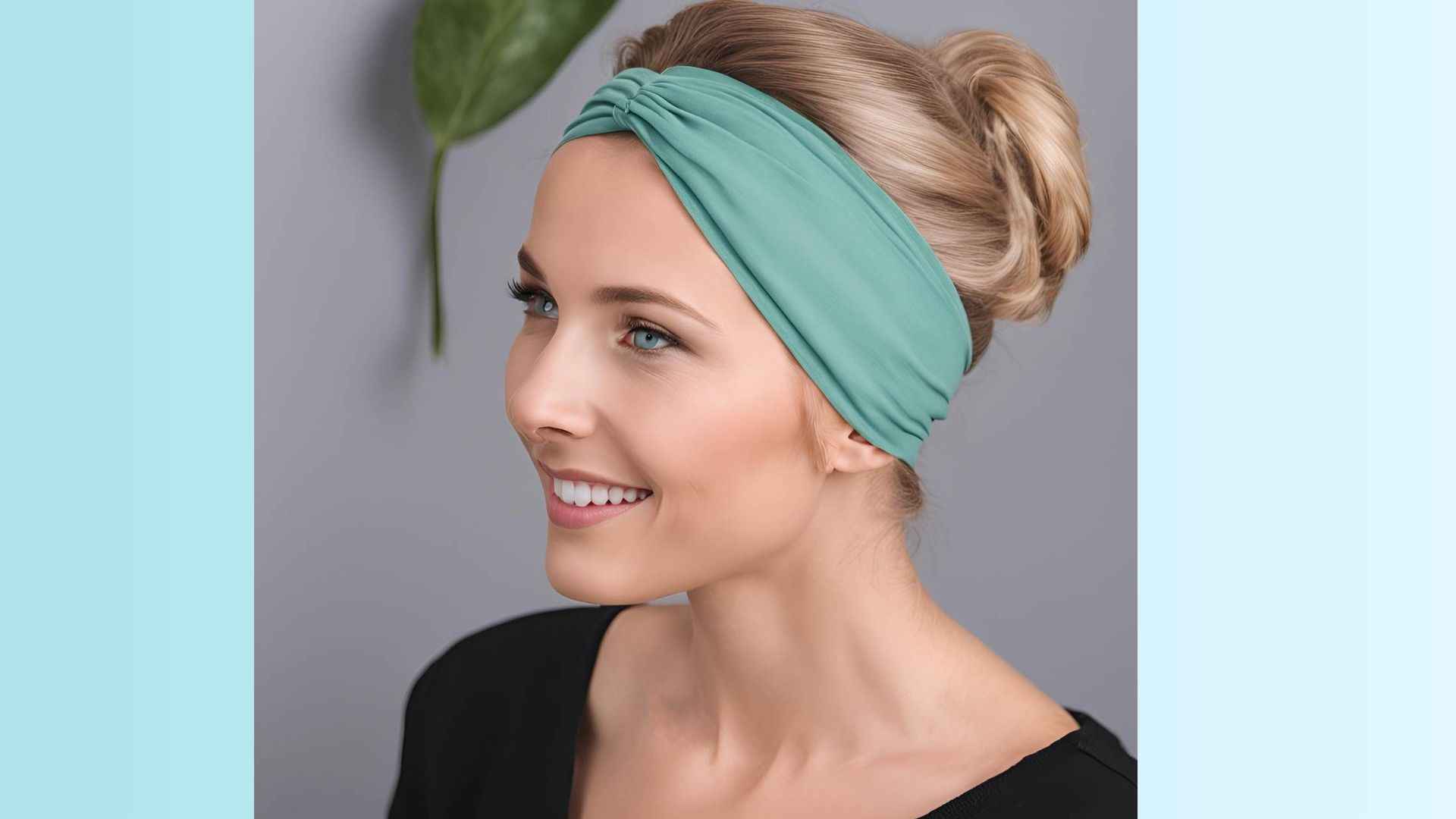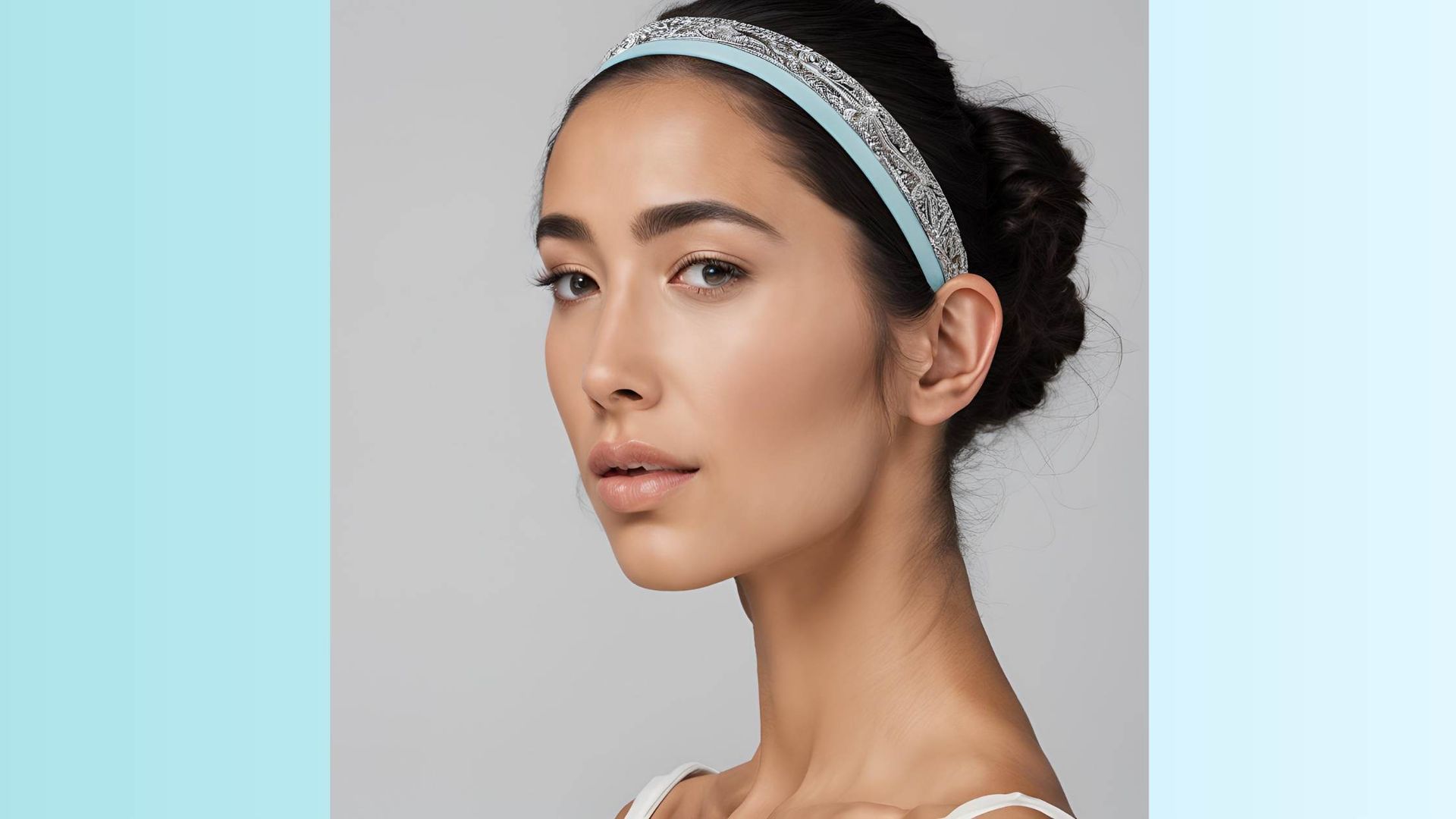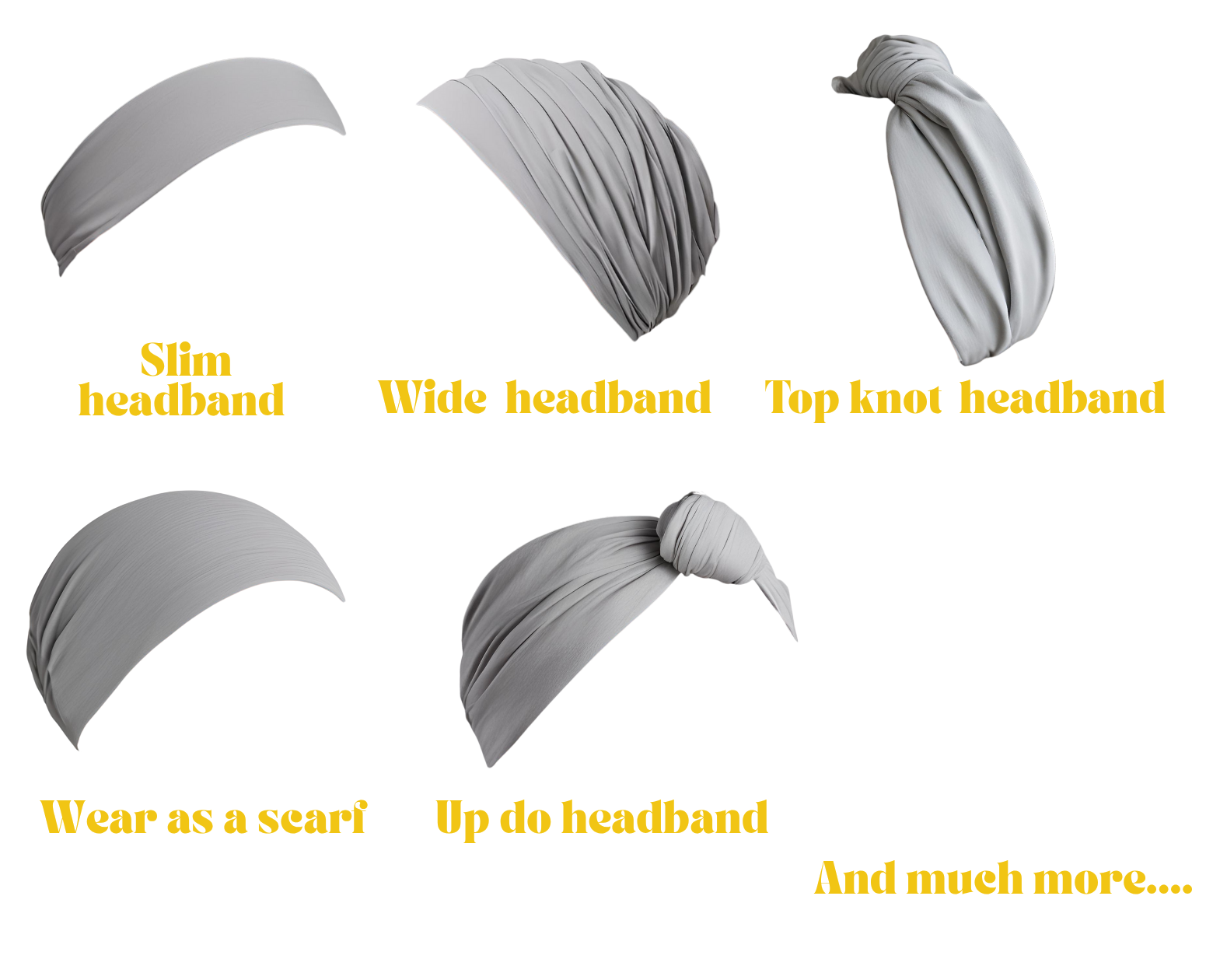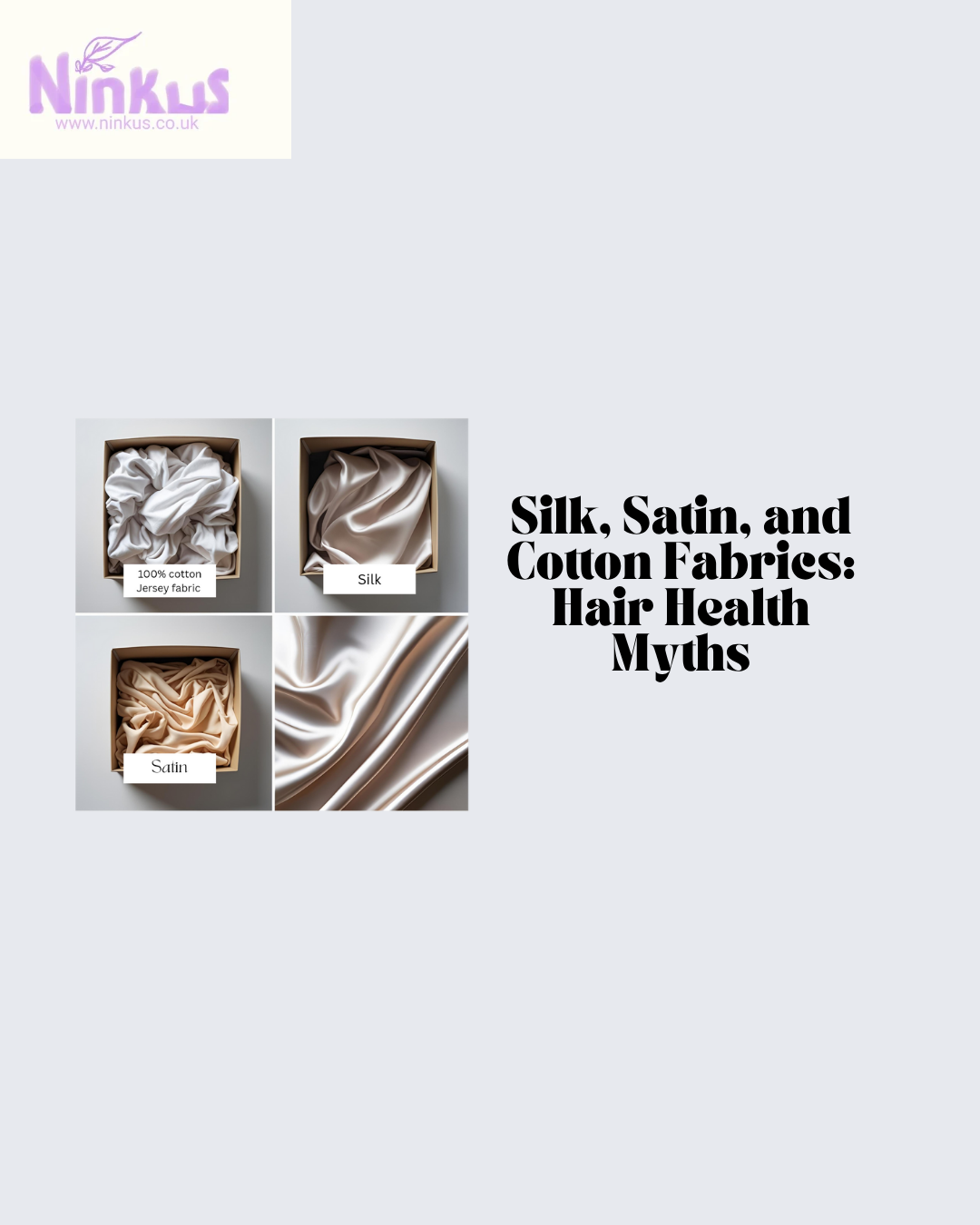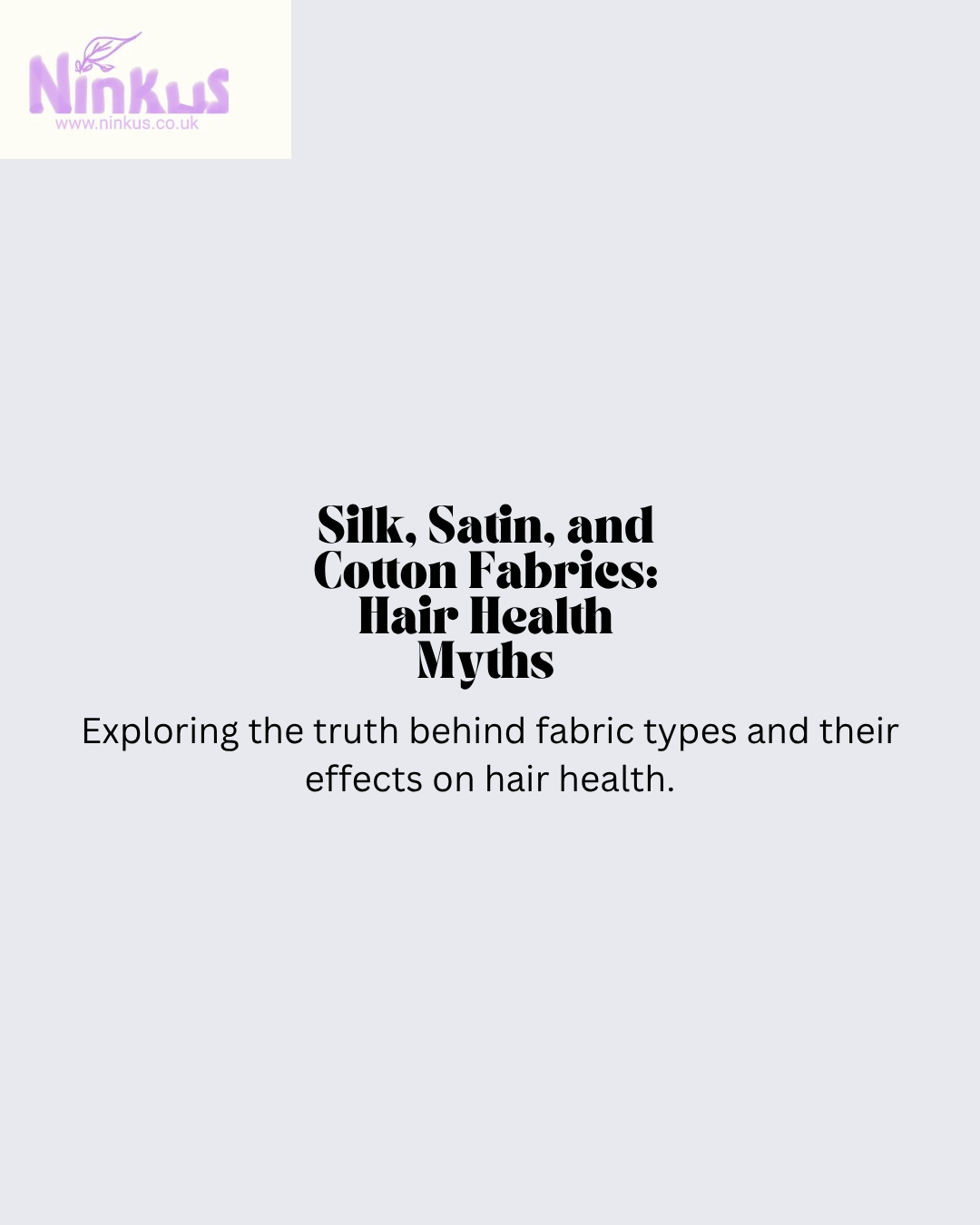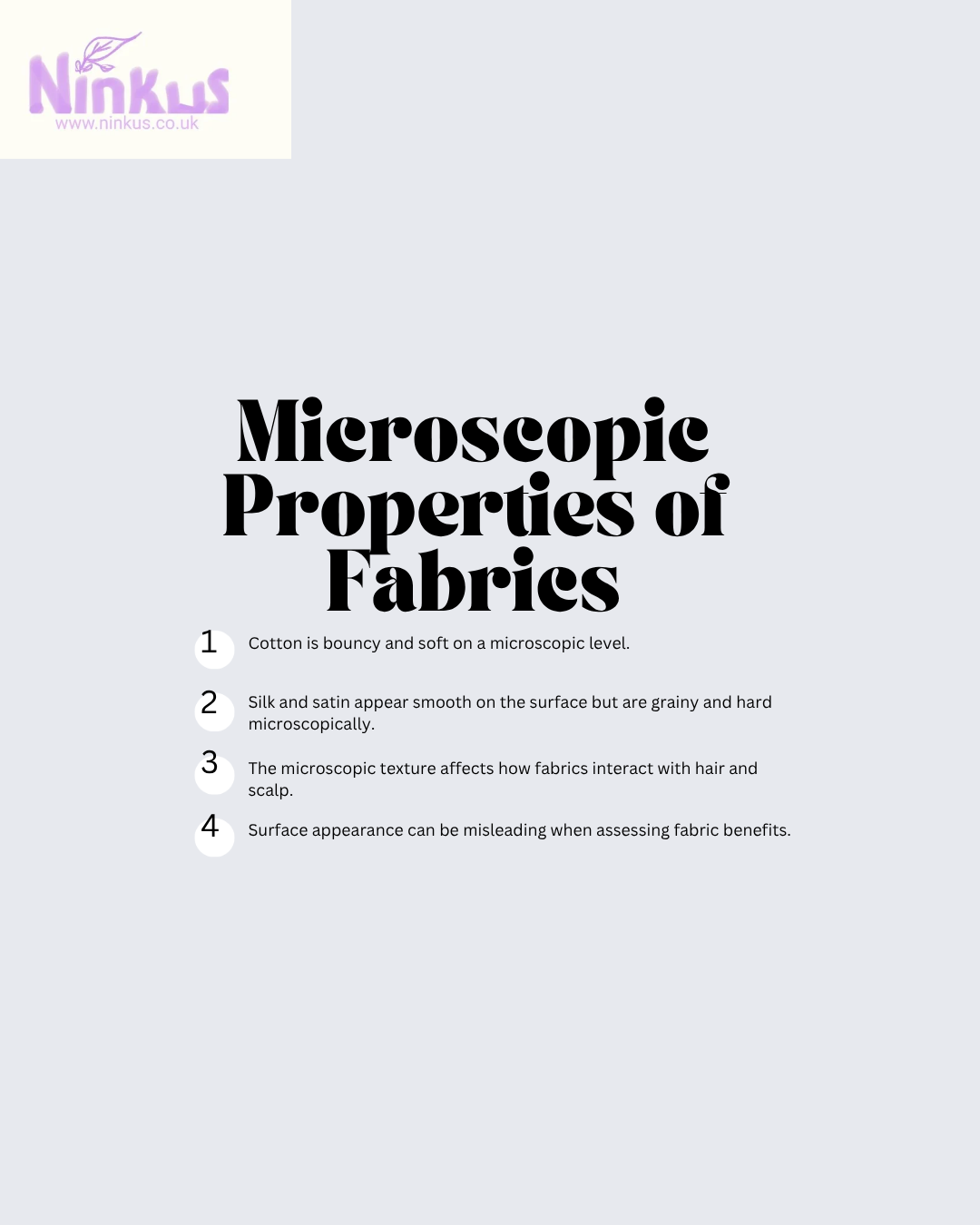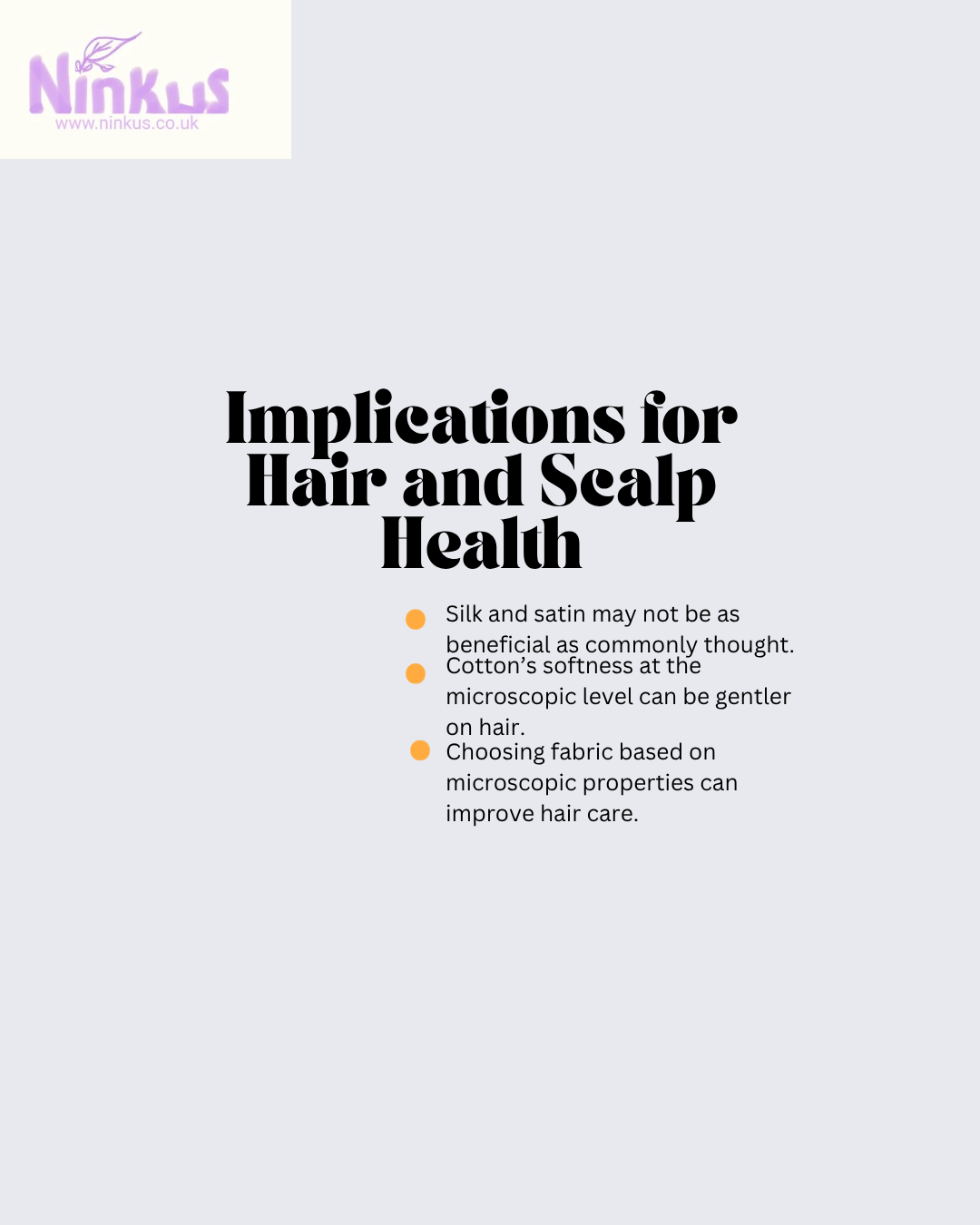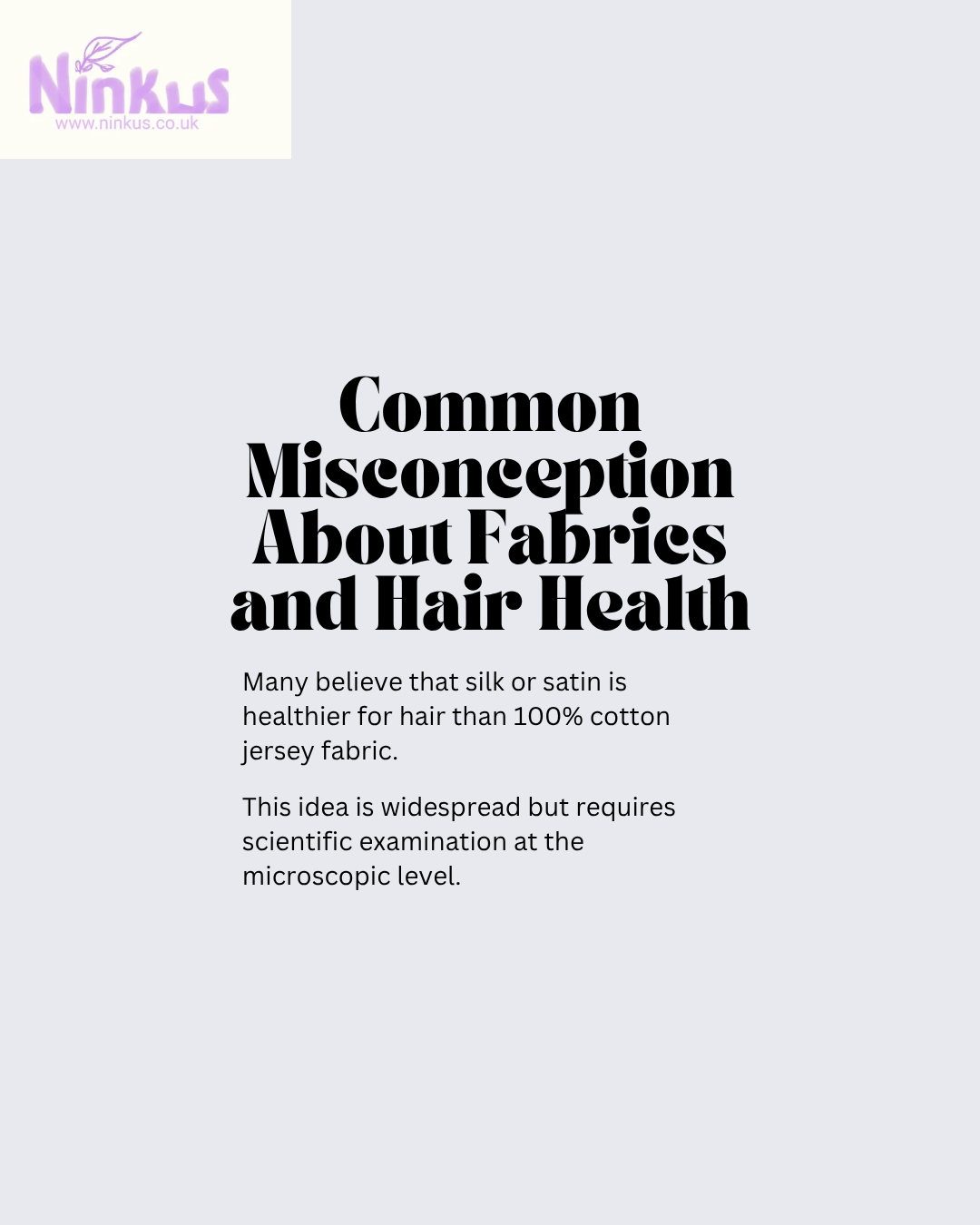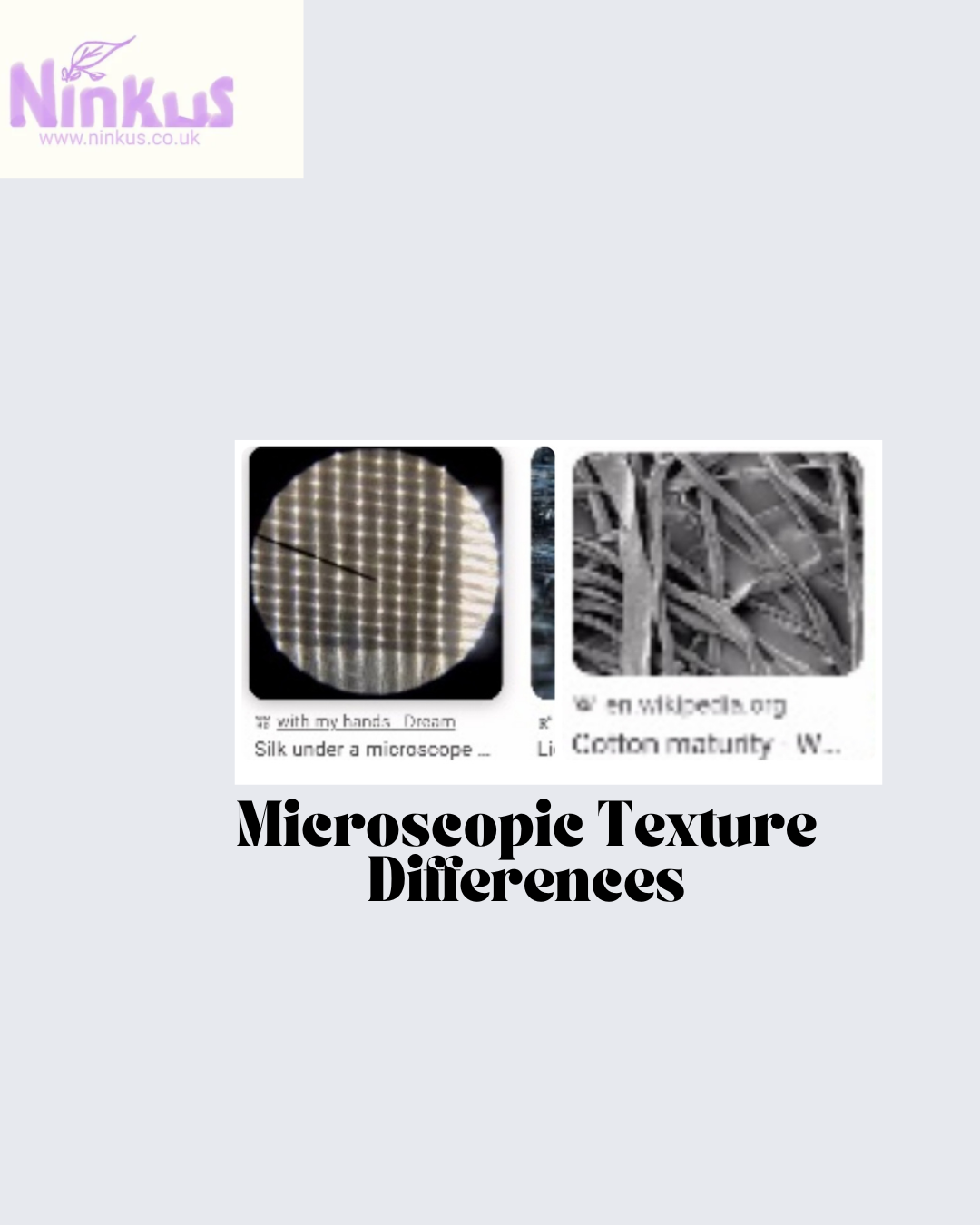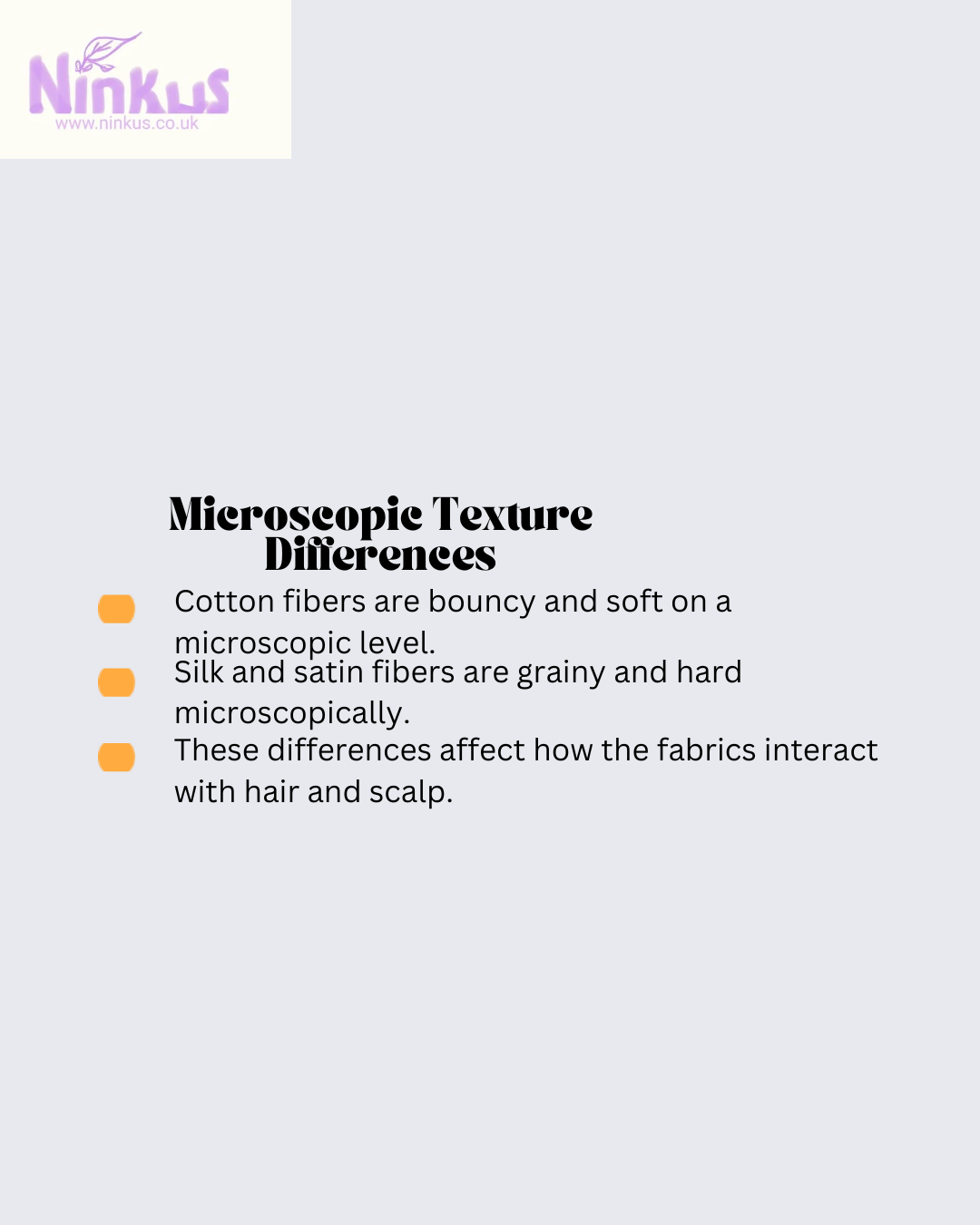Ditch the Shine: Why Satin, Silk, and Polyester Scarves Are Outdated for Loungewear The Evolution of Loungewear
This is a subtitle for your new post

Historically, loungewear has been synonymous with comfort and a touch of luxury. However, as fashion evolves, so do the materials and styles that embody the ideal of relaxation at home. While satin, silk, and polyester scarves once reigned supreme in the realm of chic comfort, they are increasingly being replaced by more practical and sustainable options. The shift in loungewear trends reflects broader changes in consumer values, particularly the growing prioritization of functionality and environmental consciousness.
Comfort Over Aesthetics
The primary reason for the waning popularity of shiny fabrics like satin and silk in loungewear is the growing preference for comfort over aesthetics. While these materials offer a luxurious feel and a glossy appearance, they often lack breathability, making them less ideal for extended wear. Modern loungewear consumers are looking for fabrics that allow their skin to breathe, offer stretch, and feel soft against their skin, all without sacrificing style.
The Rise of Natural Fibers
Natural fibers such as cotton, bamboo, and linen have gained favor in the loungewear market due to their superior comfort and eco-friendliness. These materials not only provide the breathability and softness that consumers crave but also align with the increasing demand for sustainable fashion choices. Unlike synthetic fibers, natural materials decompose more readily and have a smaller environmental footprint, which appeals to the eco-conscious shopper.
Sustainability Concerns
The production of satin, silk, and polyester often involves processes that are not environmentally friendly. Polyester, for instance, is derived from petroleum and contributes to microplastic pollution. Silk, while natural, requires significant resources to produce. Consumers today are more informed about the environmental impact of their purchases and are opting for materials that are kinder to the planet, such as organic cotton or recycled fabrics.
The Allure of Minimalism
The minimalist aesthetic has made a significant impact on fashion across the board, including loungewear. Minimalism emphasizes simple, functional, and sustainable design, which often translates to muted colors and matte finishes rather than shiny, glossy fabrics. This shift towards minimalism encourages consumers to choose versatile, timeless pieces over trendy, high-sheen items, making satin and silk scarves less appealing for everyday wear.
Versatility and Practicality
Today's consumers are seeking versatility in their wardrobes, even when it comes to loungewear. Shiny scarves are often seen as accessories best suited for special occasions or specific outfits, limiting their practicality in a versatile, everyday wardrobe. Instead, consumers are leaning towards multifunctional pieces that can transition seamlessly from the couch to casual outings without compromising on style or comfort.
The Influence of Athleisure
The rise of athleisure has also contributed to the decline of satin, silk, and polyester scarves in loungewear. Athleisure blends athletic and leisurewear, promoting comfort and functionality. It has popularized fabrics like spandex, cotton blends, and moisture-wicking materials that are far more practical for both lounging and active lifestyles. This trend underscores a broader move towards more functional, adaptable clothing.
The Role of Technology and Innovation
Advancements in textile technology have introduced new fabrics that outperform traditional shiny materials in terms of comfort, durability, and sustainability. Textiles engineered with features like temperature regulation, moisture management, and enhanced durability are becoming the norm in loungewear. These innovations make older materials seem less desirable, as they cannot compete with the superior benefits offered by modern fabrics.
Personal Expression and Individuality
Fashion is an avenue for personal expression, and many individuals now seek unique, personalized pieces over mass-produced items. The uniformity and traditional associations of satin, silk, and polyester scarves can limit personal expression. In contrast, newer loungewear options offer a wider range of colors, patterns, and textures, allowing individuals to curate a wardrobe that truly reflects their personality and preferences.
Conclusion: Embracing the New Era of Loungewear
The decline of satin, silk, and polyester scarves in loungewear is emblematic of larger shifts in fashion priorities. As consumers increasingly value comfort, sustainability, and versatility, these outdated fabrics are being replaced by more practical and eco-friendly options. Embracing this change not only aligns with contemporary fashion trends but also promotes a more mindful approach to consumption, ensuring that comfort and style go hand-in-hand with responsibility and innovation.
